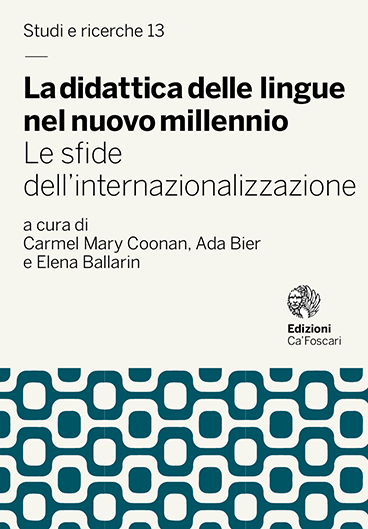- search 395 views
- file_download 49 download
- keyboard_capslock metadata
-
mark_email_readIscriviti alla newsletter
La scuola del nuovo millennio: tra italiano, dialetti e altre lingue
abstract
The Italian linguistic space has been traditionally characterised by a tripolar situation: the pole of Italian and its varieties, the pole of Italian dialects and their varieties and the pole of minority languages of historic settlement. In the last four decades a new linguistic phenomenon has swept across the Italian society: the emergence of immigrant languages. This has brought up a quadripolar linguistic situation with the insertion a fourth pole based on this ‘neoplurilingualism’. Despite this situation of plurilingualism that has always characterised Italy, many international and national surveys observe that there is still a tendency to monolingualism in different Italian contexts. Education is one of these. Actually, in schools, little attention is paid to languages other than Italian whether foreign or immigrant. In confirming this trend, however, this paper also focuses on the so called engaged language policy which calls for the right to language policy-making in which all concerned – communities, parents, students, educators, and advocates – collectively imagine new strategies for resisting global marginalisation of home languages and cultural identities.
Keywords: Immigrant languages • Plurilingualism • Italian dialects • School • Italian language




